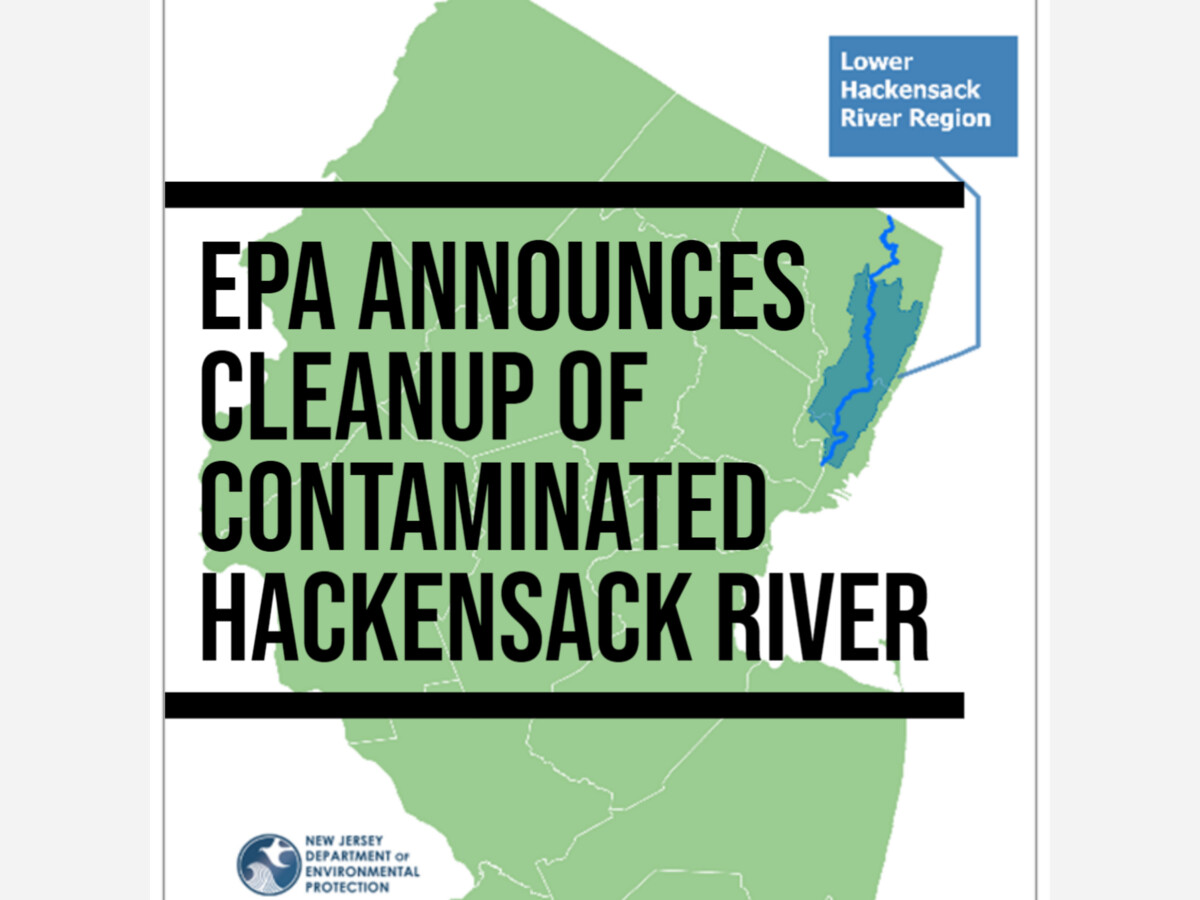Image

The federal Superfund National Priorities List (NPL) includes sites where releases of contamination pose significant human health and environmental risks.
On March 17, 2022, the Environmental Protection Agency announced that it is adding 12 sites, including the Lower Hackensack River, to the Superfund NPL.
“No community deserves to have contaminated sites near where they live, work, play, and go to school. Nearly 2 out of 3 of the sites being proposed or added to the priorities list are in overburdened or underserved communities,” said EPA Administrator Michael S. Regan. “EPA is building a better America by taking action to clean up some of the nation’s most contaminated sites, protect communities’ health, and return contaminated land to safe and productive reuse for future generations.”
The Lower Hackensack River is an 18.75-mile stretch of the river between Oradell Dam and the mouth of the river in Newark Bay. This section of the waterway has been the center of industrial activities for more than 200 years.
Decades of sewage and industrial discharge into the river have contributed to the contamination of river sediments. Studies show that the river contains sediments contaminated with arsenic, lead, chromium, mercury, polycyclic aromatic hydrocarbon compounds (PAHs), and polychlorinated biphenyls (PCBs).
“New Jersey has more Superfund sites than any other state in the nation, which is why I fought hard to ensure that the bipartisan Infrastructure Investment and Jobs Act included not only $3.5 billion in additional appropriations for the program, but also reinstated the Superfund Tax on polluting industries to provide the program with a steady revenue stream. Adding these additional sites, including the proposed listing of the Lower Hackensack River in Hudson and Bergen Counties, is essential in transforming all communities impacted by toxic contamination.” – Senator Bob Menendez.
The Hackensack River is a habitat to over 30 endangered or threatened species and home to 8,400 acres of wetlands. The 18.75-mile stretch of the river proposed for cleanup runs through residential, commercial, industrial, and public land. Due to high levels of contamination in fish throughout this stretch of the river, NJDEP has placed multiple advisories on the river’s recreational and fishing activities.
“As the state with the most Superfund sites in the nation, New Jersey has been especially harmed by legacy pollution. I am optimistic that with renewed funding from the Infrastructure Investment and Jobs Act, EPA is on the right track to remediating more toxic sites in America – particularly in Black, Brown, and low-income communities that disproportionately bear the brunt of toxic air, soil, and water.” – Senator Cory Booker.
Thousands of contaminated sites, from landfills, processing plants, to manufacturing facilities stretch across the country. President Biden’s Bipartisan Infrastructure Law aims to assist the EPA in their work to clean up these contaminated sites with a $3.5 billion investment in the Superfund Remedial Program.
"We know that protecting our environment should be something that everyone, Democrats and Republicans, can come together around. That's why I'm working across North Jersey to protect and clean up our local water," said Congressman Josh Gottheimer (NJ-5). "By proposing the Lower Hackensack River be added to the Superfund National Priorities List, this means we'll be able to bring critical resources to boost this cleanup effort. The historic Bipartisan Infrastructure Bill, which I helped shape and pass, includes critical investment in cleaning up Superfund sites and pollution. Now it's time to claw those resources back to help North Jersey. With this cooperation between the State of New Jersey and the federal government, we're working to stop further damage and contamination of North Jersey's waters and wildlife."
Superfund cleanups are credited for significant reductions in both birth defects and blood-lead levels among children living near sites. Research has also shown that residential property values increase up to 24% within three miles of sites after cleanup.
For information about Superfund and the NPL, please visit https://www.epa.gov/superfund.
For Federal Register notices and supporting documents for NPL and proposed sites, please visit: https://www.epa.gov/superfund/current-npl-updates-new-proposed-npl-sites-and-new-npl-sites.
Follow Morristown Minute on Facebook, Instagram, and Twitter for more local and state updates!